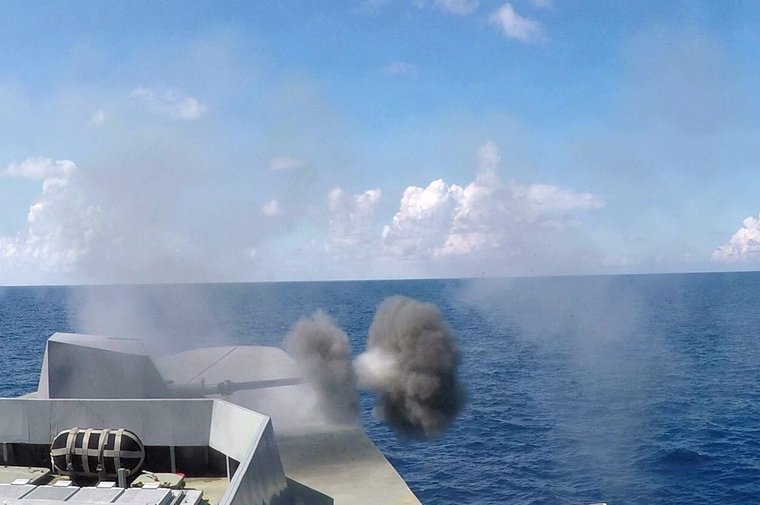Interview: DSTA collaborates with Leonardo, Thales and Safran for naval C-UAS
Details
More Products & Services
Products & Services
Defence Insight
Shephard Media
Some of the things people like you use Defence Insight for:
- Total addressable market sizing ($)
- Competitor analysis
- Cost analysis
- Market forecasting
- Growth identification
- Increasing closing ratio
- Increasing closing order value
- Estimating product potential
- Calculating sales forecasting
- Supply and demand analysis
- Total addressable market sizing ($)
- Competitor analysis
- Cost analysis
- Market forecasting
- Growth identification
- Increasing closing ratio
- Increasing closing order value
- Estimating product potential
- Calculating sales forecasting
- Supply and demand analysis
Shephard Plus Update
Shephard Media
Shephard Plus is updating in June 2018 with rich new capabilities, and is now one of the most cost-effective and valuable aerospace and defence market intell...
Military Unmanned Systems Handbook
Shephard Media
The Military Unmanned Systems Handbook (Digital Download) is an international guide to the military UV industry and provides detailed information on air, ground and sea (surface & sub-sea) vehicles as well as subsystems. What's included: Unencrypted 390+ page PDF of equipment and supplier information Market summary
Description
Singapore's Defence Science and Technology Agency (DSTA) has been working with Leonardo, Thales and Safran on developing a cost-effective naval counter-unmanned aerial system solution. The development comes at a time when the country's technology and procurement agency shifts from a buyer-vendor dynamic to a collaborative one.
Speaking to Shephard, DSTA CEO Ng Chad-son said DSTA was working with Thales to co-developed AI algorithms to reduce false alarms produced by radar, which in turn would reduce operator workloads. At the same time, the agency has been collaborating with Safran on computer vision on existing electro-optics, which will allow operators to
Speaking to Shephard, DSTA CEO Ng Chad-son said DSTA was working with Thales to co-developed AI algorithms to reduce false alarms produced by radar, which in turn would reduce operator workloads. At the same time, the agency has been collaborating with Safran on computer vision on existing electro-optics, which will allow operators to

Share
Recent Chats
Share via email
Future: handle WhatsApp here
Future: handle LinkedIn here
Future: handle Twitter here
SUBMENU HERE
Share via Chat
Copy Link



